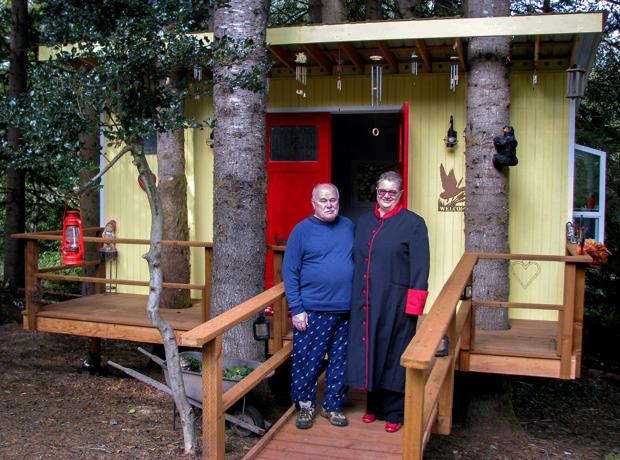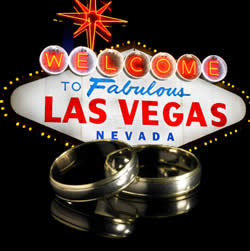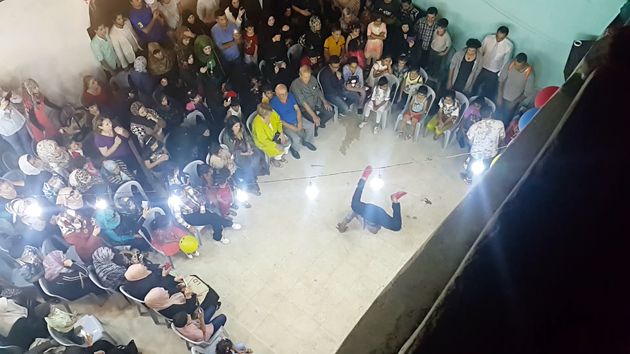In this third season, the CELEBrations include parties and charity events given by Vanessa Williams, Vivica A. Fox, Kim Coles, Ian Ziering, Cynthia Bailey, Big Ang Raiola and Reza Farahan.
“I like to draw my inspiration from all different sources and from my everyday surroundings,” Tutera told Parade.com in this exclusive interview. “Fashion is a big one for me because it tends to be a season or two ahead of bridal styles and I can interpret upcoming trends in my own way. I also like to look at pop culture, which has a big influence on trends. Lastly, I always look to nature for inspiration—the changing seasons and beautiful landscapes are the perfect inspiration when creating a wedding look.”
In tonight’s premiere episode, Tutera is tasked with planning a bridal shower for Williams, who will be joining the cast of The Good Wife in a recurring role.
But first, he took time from his schedule to give his best advice for upcoming parties, Thanksgiving celebrations and more.
What will we be privy to on David Tutera’s CELEBrations?
Canine Companions with Ian Ziering was a great charity event and definitely one filled with a star-studded guest list, including Real Housewives’ Kenya Moore from Atlanta and Kristen Taekman from New York, former Danity Kane singer/song writers Aubrey O’Day and Shannon Bex, Jodi Sweetin, known for her role as Stephanie in Full House, Chris Soules from The Bachelor, Tori Spelling and her husband Dean McDermott, and so many more!
Is there a piece of must-have advice that applies to both celebrity and non-celebrities who are planning an event? Something they have in common?
I would advise anyone planning an event to always have a surprise element. It doesn’t have to be something expensive, but there should be something totally unexpected. It could be a performing act, or even just a choreographed dance between you and someone special, but this is something that your guests will remember.
Something that celebrities and non-celebrities have in common is that in the midst of all the planning, they sometimes forget why they are celebrating and to relax and have a good time. If you have a good time, your guests will have a good time. You worked hard for everything to come together and when the day finally comes, you should be able to enjoy it!
What is the best place to start planning a party? The theme? The colors? The budget?

For some brides, this is easy, they have had the colors picked out even before the groom entered the picture. But for others, choosing wedding colors can be a stressful process. A color wheel is a great tool to help you choose coordinating colors. Try to limit your colors to two or three, so things don’t get too jumbled. And, make sure to stay consistent with your colors throughout the wedding.
Best tips for decorating if you are not DIY and have a limited budget?
Candles, candles and more candles! They’re perfect all year long, and you can get them at almost any store. They’re so easy, affordable and available in different colors and styles. You can arrange them in clusters, spread them out along ledges or tables, or you can stick them in your other décor items. Simple touches like candlelight can enhance the whole ambiance of the event without putting a major hole in your pocket!
What is the biggest party faux pas in your opinion?
Every host wants their guests to remember their party, but you certainly do not want them to remember going home hungry. Whether you’re handling the food or the caterer, there should always be a sufficient amount of food for your guests, and then some! It’s better to have too much than not enough.
What is the best part of your job?
It’s really amazing to take a raw space with nothing but a floor, four walls and a ceiling, and turn it into something extraordinary. There are so many moving parts when planning an event; it’s just like putting a puzzle together. There are different vendors providing their own unique service, and when they come together, it’s like magic and everything falls perfectly into place. To see the end product is always a rewarding feeling and most of the time, it turns out better than I imagined.
The holidays are just around the corner. What ideas can you pass on for a great Thanksgiving gathering?
The holidays can creep up quickly and before you know it, you’re smack in the middle of it. Thanksgiving is a great holiday that requires a lot of prep, especially if you are hosting.
My advice for a successful Thanksgiving gathering is to get yourself organized as far in advance as possible! You need to remember that you also want to be a gracious host and not spend all of your time in the kitchen, as hard as that may sound. Instead, try designating members of your household to assist with different duties, so that you can also enjoy the day.
We all know that big turkey dinner can put you right into a food coma in the snap of a finger, so keep your guests moving and try serving dessert in a different location.
Adding some festive fall décor into the mix makes the home feel warm and welcoming and is always a great conversation starter—especially if you’ve made it yourself! Take advantage of the fall foliage and gather pinecones and berries right from your yard, along with cinnamon sticks and pumpkins to create a festive fall centerpiece or welcome wreath.
Can you share a Christmas tradition from your family?
Christmas is my favorite holiday and has always been a big deal in my family! One of my favorite traditions is decorating for the holidays, especially the Christmas trees throughout my home. I love the holiday so much that I can’t have just ONE tree! Each tree has its own theme and holds special memories.
For instance, I have a Disney tree, filled with all different ornaments that I’ve collected from every time I’ve visited the Disney Parks. I also LOVE butterflies, so of course, I have trees and lit-up garland and wreaths adorned with over 6,000 butterflies of different colors and sizes, and my daughter Cielo has her own tree embellished with all of her ornaments.
The third season of David Tutera’s CELEBrations premieres Friday, October 30 at 10 p.m. ET/PT on WE tv.








/cdn0.vox-cdn.com/uploads/chorus_asset/file/4171008/drvox-wedding.jpg)








